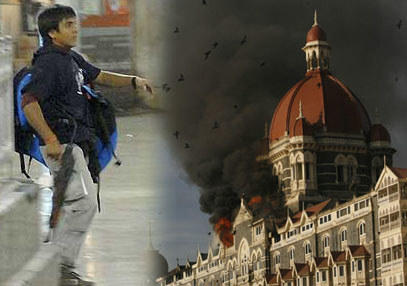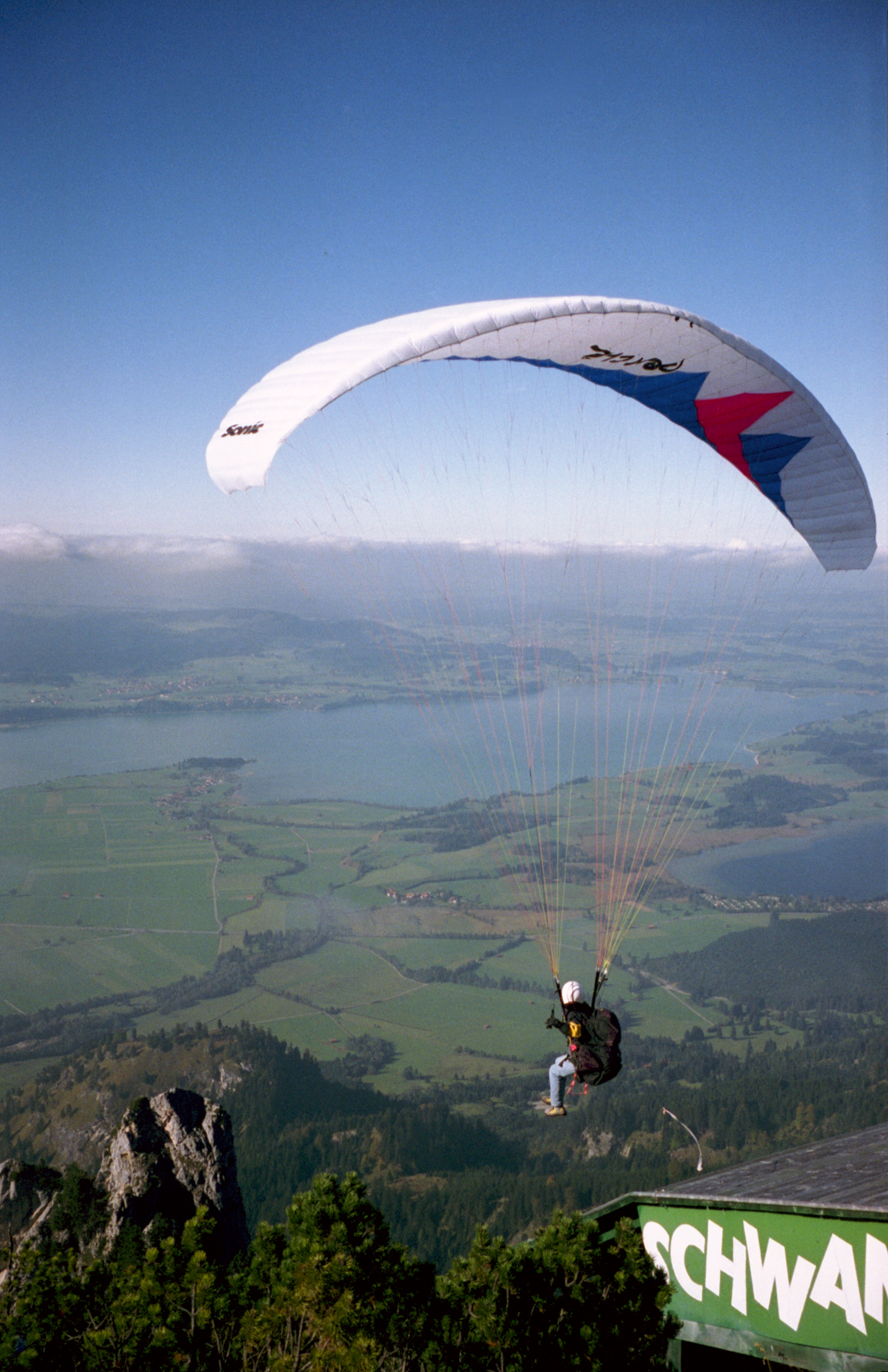For the most part, I would have to agree with this article. Although what the authors are forgetting is that when these people have an idea in their brain, they will continue to attempt the operation over and over again. They could take another decade to attempt the attack if it failed the first time around, or even wait twenty or thirty years. Time is not a factor to these folks. So it is important to remember that yes, they might focus on the Mumbai style urban warfare, but the apocalyptic stuff like 9/11 will always be on their mind.
In essence, this urban warfare direction is the strategy ‘du jour’. It still causes havoc and it still makes the news. And if done right, the terrorist team could get plenty of press out of the operation.
As for the how, I simply point towards what these guys are doing in the war zones. War zones are the ultimate training grounds for what they want to do in peaceful urban populations, because they are able to refine methods or create new ones. They are able to learn how to assemble a one time use human weapon system, and the success rate of this weapon is dependent on how squared away the planners are. Planners can gain experience in the wars, and use that knowledge to great advantage for attacks against population centers that are not on a war footing. Soldiers and contractors in Afghanistan are armed and think about the defense 24/7. People in a city like Seattle might think about their next cup of coffee that day, and being armed or thinking about the defense or survival is the last thing on their minds.
The other aspect to remember is the ability of an attacker to melt away into society. A swarming attack takes seconds to kick off, and if the attackers are able to maneuver as close as possible (wearing police, military, or medical uniforms), they can be more effective. This is tough to spot in a war zone, and I speculate that most don’t care to notice these things in peaceful cities. Even if attackers are not wearing uniforms, they can still blend in really well.
What is also important to note is that an assaulter force might wear body armor so they can effectively fight into pockets of human concentration once the attack is on. So a defense in urban population centers must have weapons that can not only knock these guys down, but the guard should be able to shoot the head or pelvic area of the attacker in order to shut down that terrorist. If not, they will just get back up and continue the assault.
Being able to take the terrorist out at an appropriate distance will be important as well. If you shoot one of these guys at pistol range, and they detonate, it could potentially kill you and destroy the barriers in place, which would then allow the swarmers behind that terrorist to penetrate deeper. The defense should allow for adequate stand off between vehicle/people traffic and the guards, and it should be layered or spread out. One bomb should not be able to take out the entire guard force. This can be hard to achieve in war zones, and really hard to achieve in urban population centers that are not in war zones. None the less, these things have to be thought about and planned for.
Bottom line, a good urban defense needs preparation. Police, private security, and the public will be the only ones in the position to stop these types of attacks in the urban setting. Although realistically, it will be the public that will be the ones to initially identify the attack and potentially stop it. Police and private security cannot be everywhere at once. AQ and company knows this and they are depending on the idea that a country’s citizenry is not capable of thwarting their attack.
One thing governments can do to defeat them is to promote certain simplistic things that people can do in order to defeat a swarming suicide assaulter attack. It would take education via websites, public service announcements, posters, etc. to get the word out. Some ideas to promote is to get people using their smart phones. Tell them to take photos, to tweet, to chat, take pictures and video, but most importantly, just connect with authorities as soon as possible, and feed as much information to them as possible. Authorities would be wise to facilitate that connection any way possible via an Incident Command system that makes it one of their priorities.
Another idea is to tell folks to always plan escape routes out of any building they are in and to not bunch up. Remember, the suicide assaulter is looking for pockets of human concentration to shoot into or blow up. The more spread out people are, the better. So as people get over the initial shock of the attack, hopefully some leader types within that group will get on the ball and tell people to separate and escape as best they can. To not wait for law enforcement to save them, but to take matters into their own hands and get out in an organized and hopefully logical matter. Hopefully someone in the group will be armed or use something as a weapon to maybe take out a terrorist. It’s either stop them, get the hell out of there, or hand your life over to these animals–you make the call.
My opinion on the whole thing is that the government needs to put together an adequate program that can educate the local population on how they can help, and how they can defeat a Mumbai type attack. The government should also work more with entertainment shows that connect with the population. Spike TV’s Surviving Disaster was an excellent show, and they presented multiple scenarios that teach people exactly what they can do to protect self and defeat terrorists. To me, it is all about the message of ‘government needs your help’ and ‘police cannot be everywhere at once’. A population must get involved and they must be armed with the knowledge necessary to defeat this stuff. The police and security will always work on their job and continue to do what they can, but civilians must get in the game as well. After all, civilians are the target of these terrorists and they can either stand and fight, or hand over their lives to these heathens and give them the satisfaction and success they seek. –Matt
——————————————————————

Mumbai attacker with AK-47.
Al-Qaeda’s new strategy: Less apocalypse, more street fighting
By Steven Simon and Jonathan Stevenson
Sunday, October 10, 2010
The scene in Europe last week called to mind the heyday of the IRA in the 1970s or of Algerian terrorism in the 1990s: Buckingham Palace and Trafalgar Square were teeming with police, the Eiffel Tower was repeatedly evacuated, and everywhere, tourists were on edge. The threat, however, involved a newer brand of terrorist: The CIA and its European counterparts warned of an al-Qaeda plot to kill civilians in France, Germany and Britain, and alerted travelers, especially Americans, to be extra-vigilant.
Few operational details were released. But unlike many thwarted al-Qaeda operations of days gone by — such as the 2006 Heathrow plot in which several airliners bound from London to America were to be blown up at coordinated intervals — it was clear from news reports that the European plan called for less spectacular, smaller-scale attacks, perhaps using machine guns to strafe clusters of tourists near public landmarks.
Has al-Qaeda become dispirited? No.
Recent plots, including the Mumbai raid in November 2008, the Times Square car bomb attempt in May of this year and now the plot in Europe, show that al-Qaeda is not only operationally alive and well, but has transformed its post-Afghanistan tactical retreat into a formidable new strategy. In the early part of the last decade, al-Qaeda had no choice but to use conventional explosives and old-fashioned terrorist tactics to hit soft targets, the 2002 bombing of nightclubs in Bali being perhaps the best example. With its leadership under siege in Pakistan, it lacked the capacity to mount sophisticated and coordinated attacks that would match, let alone exceed, the innovation or shock value on display on Sept. 11, 2001, or even in the USS Cole operation the year before.

